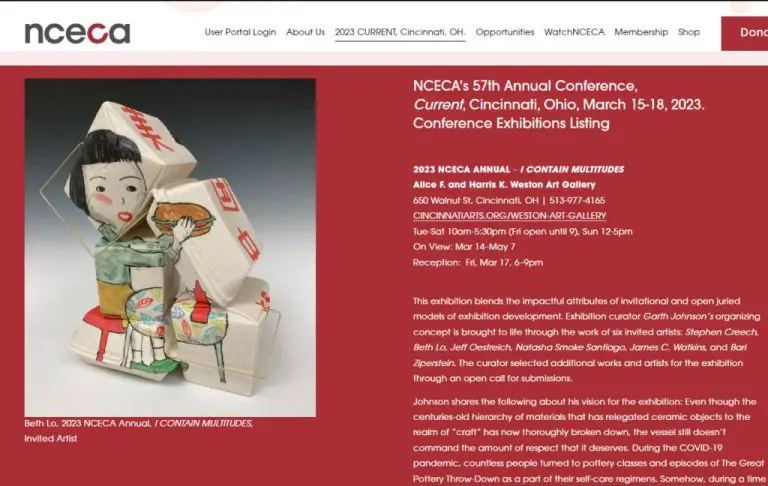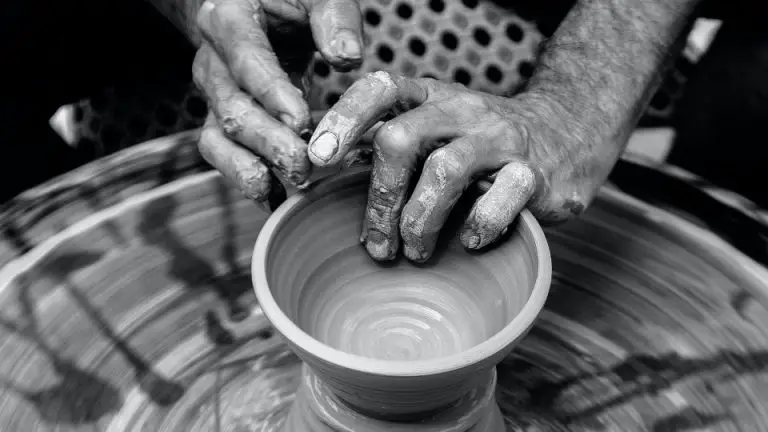Is Dove Grey Light Or Dark?
Dove grey is a popular neutral grey color that lies between black and white on the color spectrum. When decorating or choosing paint colors, people often wonder whether dove grey should be classified as a light grey or dark grey. The answer lies in dove grey’s precise lightness value and how it compares to other greys. This article will examine if dove grey is light or dark by looking at its lightness measurement, how it’s perceived by the eye, its usage in design, and comparisons to other common greys.
Defining Dove Grey
Dove grey is a very light grey color that has soft, subtle cool undertones. It gets its name from the light grey color of a dove’s feathers. Dove grey is sometimes considered a warm grey due to its beige hints, but it is generally characterized as a cool light grey (https://joliehome.com/products/paint-dove-grey).
The color dove grey is extremely pale and delicate, light enough that it can almost read as a clean white. However, dove grey has more visual depth and softness than a plain white due to its barely perceptible cool grey undertone. This subtle grey quality differentiates dove grey from a stark white and gives it a gentle, understated look.
Light vs Dark Greys
Greys come in a wide range of shades, from very light silvery greys to very dark charcoal greys. The dividing line between light greys and dark greys is somewhat subjective, but generally lighter greys have more white added to the color while darker greys have more black added.
Some examples of light greys include colors like Benjamin Moore Classic Gray (https://kevintwitty.com/design/2023/1/30/what-is-the-best-grey-paint-color-for-your-home) or Sherwin Williams Gauntlet Gray. These lighter greys work well in spaces where you want an airy, bright feel. Darker greys like Benjamin Moore Kendall Charcoal or Sherwin Williams Tricorn Black have more black or brown undertones added and create a moody, dramatic look.
To distinguish between light and dark greys, you can compare their light reflectance values (LRV). LRV is measured on a scale of 0 to 100, with 0 being pure black and 100 being pure white. Typically greys with an LRV above 50 are considered light, while greys below 50 are darker.
Measuring Lightness
There are a few main ways to measure the lightness of a color like Dove grey. The most common methods involve using color measurement instruments like spectrophotometers and colorimeters (Radiant Vision Systems). Spectrophotometers analyze light across the full visible light spectrum and can provide highly accurate color measurement. They filter light into component wavelengths and measure the intensity of each wavelength to quantify a color. Colorimeters are simpler devices that use filtered detectors to measure the tristimulus values that define a color. Both devices can report color values like CIE L*a*b*, where the L* value from 0 to 100 indicates lightness.
In addition to instruments, lightness can be quantified through visual inspection and color matching. This involves comparing the grey to standardized color charts and identifying the closest matching swatch. While less precise than measurement devices, it provides a quick way to estimate lightness. Color models like CIE L*a*b* were designed based in part on visual assessments of color differences and lightness by human observers. So both instrumental measurement and visual inspection aim to quantify the human perception of a color’s lightness.
Dove Grey’s Lightness Value
Dove grey has a lightness value of 43% based on the HSL (hue, saturation, lightness) color model. According to the source https://colors.artyclick.com/color-names-dictionary/color-names/dove-grey-color, dove grey has 0° hue, 0% saturation, and 43% lightness.

The lightness value specifically refers to the brightness of a color relative to white or black. Since dove grey has a 43% lightness, it is much closer to a mid-tone grey than pure white or black. This puts it solidly in the range of light greys rather than dark greys.
Perception of Dove Grey
Dove grey is generally perceived as a light grey by most people. Though it sits around the midpoint of the grey color spectrum, dove grey tends to be categorized on the lighter end. According to an article on Grafixfather, “Dove grey is a really light tone of grey that has a very subtle hint of pink or purple added to take the edge off. It’s extremely calm and gentle – the perfect neutral.”[1]
The subtle warm undertones give dove grey a soft, muted appearance that reads as lighter than a plain medium grey. Additionally, since dove grey is commonly used in place of brighter whites, it is often contextualized alongside lighter tones. When viewed next to white walls or furnishings, dove grey will be perceived as a darker color. However, when placed among darker greys or blacks, the warmth and lightness of dove grey becomes more apparent.
While its precise lightness value sits around 50%, dove grey is generally considered a light-leaning neutral grey both in design contexts and among the general public. The muted, subtle nature gives it a lighter feel than its technical lightness measurement might suggest.
[1] https://grafixfather.com/blog/what-color-is-dove-grey/
Use in Design
Dove grey is very versatile and can be used in both light and dark design schemes. Here are some examples:
For light design schemes, dove grey pairs nicely with other soft neutrals like cream, ivory, light blue, and sage green. It creates a soothing, relaxed aesthetic. For example, this living room design uses dove grey walls with ivory and blue accents for a light, airy look.
Dove grey also works well in darker, more dramatic designs. Paired with black, charcoal, navy, or walnut, dove grey adds subtle depth. An example is this moody bedroom with dove grey walls, black bedding, and dark wood nightstands.
Overall, dove grey fits seamlessly into both light and dark color palettes, which makes it extremely versatile for interior design schemes and decor.
Comparison to Other Greys
Dove grey is often compared to other popular dark greys like charcoal. While both are considered dark, neutral grays, there are some key differences between the two shades.
Charcoal grey has a very dark gray base with hints of black mixed in. It has a slightly cooler, darker appearance compared to the subtly warm, soft look of dove grey. Dove grey is the lighter of the two shades. According to design experts, charcoal gray has an LRV (Light Reflectance Value) between 10-30, while dove grey is around 35-55.1
When comparing paint swatches or color samples side-by-side, the differences become even more apparent. Dove grey looks lighter, with a brownish-gray tint. Charcoal grey appears cooler in tone, with more blue undertones coming through. Dove grey is better suited to create a cozy, welcoming vibe, while charcoal grey lends a sleek, modern look.
In interior design, dove grey is commonly used in living spaces and bedrooms where a soft, subtle neutral is desired. Charcoal grey makes a dramatic accent wall or adds contemporary flair to modern bathrooms and kitchens. Both classic shades of grey work well in a variety of settings from traditional to modern when used strategically.
Summary
In summary, dove grey is generally considered a light shade of grey. It usually has warm, beige undertones that give it a soft, subtle appearance compared to darker greys. Dove grey typically ranks around the 80% mark on lightness scales, meaning it reflects around 80% of light. This places it on the lighter end of the grey color spectrum. While perceptions of light vs dark are somewhat subjective, dove grey is more frequently categorized as a light grey in interior design and fashion contexts. The soft, muted quality allows it to work in a variety of settings from elegant living rooms to casual everyday wear. When comparing dove grey to other popular greys, it is noticeably lighter than mid-range greys like charcoal grey or slate grey. However, it is marginally darker than the very lightest greys like silver grey or greige. Overall, dove grey is best described as a warm, soft light grey that pairs well with many colors and styles.
References
Sources and information used in researching this article include:
- Wikipedia page on the color dove grey for background information
- Pantone color database for official lightness value of dove grey
- Interior design blogs discussing use of dove grey in home decor
- Graphic design forums debating dark vs light grey colors
- Online encyclopedias explaining color perception and measurement
Additional research into greys and color theory was conducted to provide context and analysis beyond basic facts.






